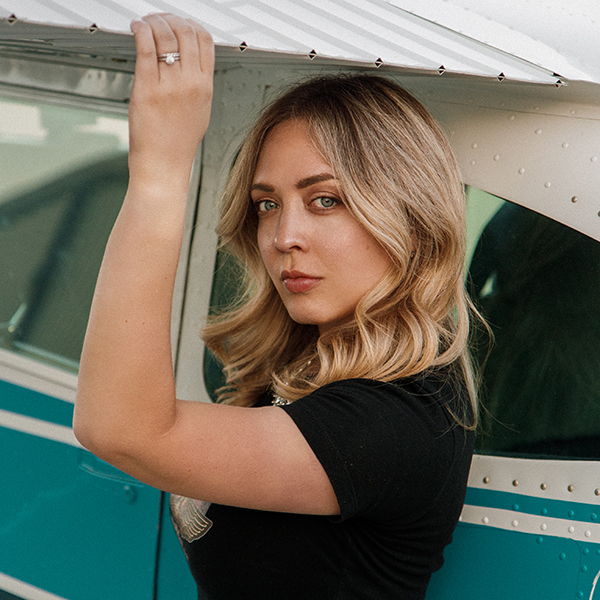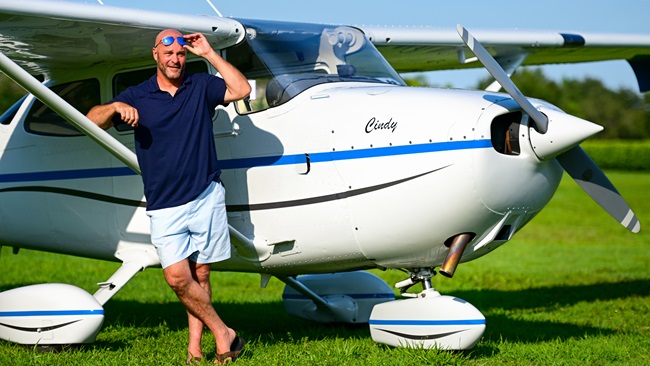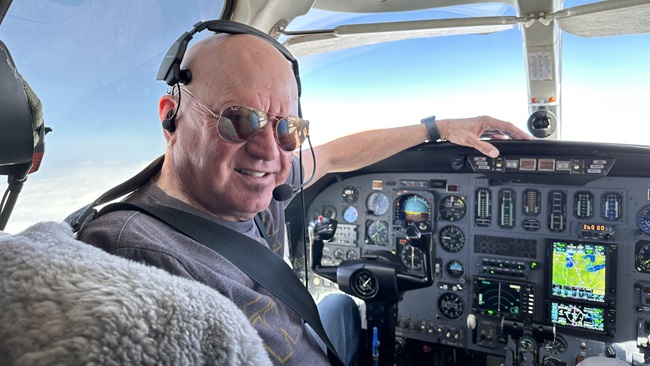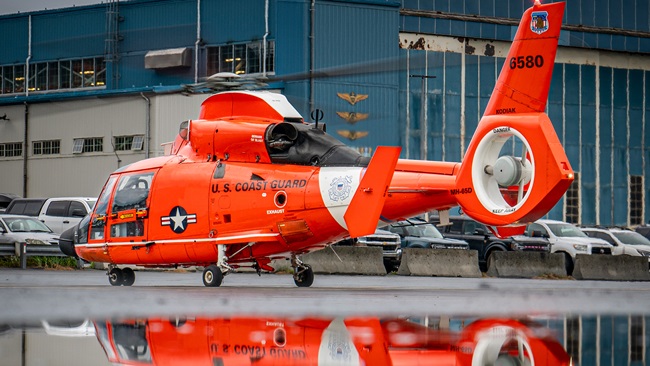He'd rather be in the air
Centenarian talks lifetime of flying


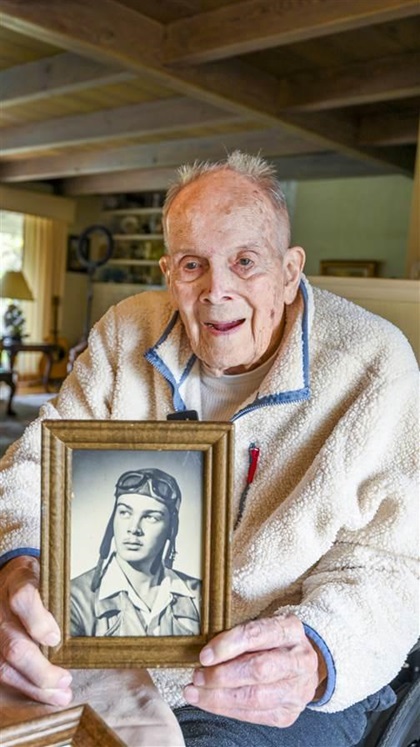 Like so many others with a passion for aviation, Bridges started at the age of 5 building and flying aircraft made of clothes pins and powered by imagination, eventually graduating to more complex model aircraft as he got older.
Like so many others with a passion for aviation, Bridges started at the age of 5 building and flying aircraft made of clothes pins and powered by imagination, eventually graduating to more complex model aircraft as he got older.
Born and raised in the San Francisco Bay Area, Bridges graduated high school in 1939 and after only a few short days at San Francisco Junior College, left to pursue his dream of flight.
“I learned that there was a program sponsored by the government of training pilots, called Civilian Pilot Training, CPT,” Bridges said. “I quickly got into that. The number of people in the ground school class was unlimited, but there were only 20 people on the flight list. The ground school was free; get yourself to the airport and all the flying was free, and I couldn’t pass that up.” Soon after joining, Bridges was selected to be one of those lucky 20 flight students.
The program was located at Mills Field, which is now the San Francisco Airport. There were two operators on the field; one took 15 students and the other, Civilian Flying Incorporated run by Janet Knight, took the remaining five, including Bridges.
“She taught me how to fly,” Bridges said. “Total flight time I think was around 35 hours, and a test from the FAA and I got a private pilot’s license.”
After earning his license in 1940, Bridges went back to Alameda, California, and began working in a shipyard. That’s when he heard that the government was offering a secondary program, this one was all aerobatics, and once completed the participant earned their commercial rating. Bridges unfortunately missed out on getting into that secondary program right away.
“The fellows that went from my primary to the secondary raised holy Cain and I guess because it was aerobatics they felt real frisky and they buzzed a lot of buildings and houses and so the FAA put a restriction on anybody else that wanted to join secondary, they had to have two years of college, figured a little more education might make the guys fly a little better,” Bridges said.
After completing his education, he joined the secondary training. Previously, the latter half of that training took place at Pearl Harbor, but after the attack on Pearl Harbor at the end of 1941, the secondary training was moved the San Bernadino area of California, where Bridges completed his training.
A week and a half later, Bridges started his instructor training in Douglas, Arizona, also completely government funded.
By now Bridges was 21 years old and married to his wife, Eleanor, who died in 2002. After instructing for a season, the two moved to Santa Maria, California.
“I was an instructor for Hancock college, which had a huge contract with the Army, training cadets,” Bridges said.
In this program the military would take cadets through their primary flight training and aerobatics in the Stearman before sending the pilots on to basic training in the Vultee BT–13 Valiant, an American World War II trainer.
A year and a half later, the training program slowed and in 1944, Bridges applied and was hired as a Pan American pilot. Bridges then had to earn his airline transport pilot certificate, called airline transport rating or ATR at the time. His flight test lasted three hours and 10 minutes and he was cleared to fly as a first officer.
“I started on the B314 flying boats and spent two years on that from [San Francisco] to Honolulu. It was a grand old airplane, it carried 24 passengers and 11 crew. From San Francisco to Honolulu, it took 17 hours,” Bridges said.
Bridges flew as co-pilot of the B314 for two years and was assigned to the Pacific Clipper for its last flight in 1946. He spent 19 years as a co-pilot, and relief co-pilot, on the Boeing 314, and co-pilot on the Douglas DC–4, DC–6, and DC–7 cargo, and the Boeing 377 Stratocruiser.
“After that my seniority number gave me space to check out as captain on the Boeing 707,” Bridges said. “My captain’s checkout on the 707 was an around-the-world flight, which was very interesting.”
Bridges flew for Pan Am as a captain for 18 years; 13 on the 707 and five on the 747 and 747SP. He retired from Pan America World Airways in 1981. Of all the airplanes in Bridges logbook, his favorite aircraft was the DC–3.
“I just liked that airplane, there was something to do all the time.”
